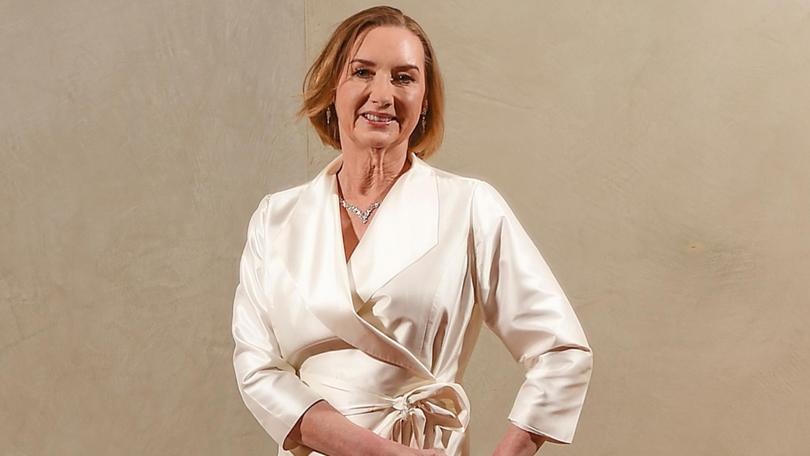Chief Executive Women president Susan Lloyd-Hurwitz says gender equity must broaden its message

Progress on gender equity will remain slow unless advocates can broaden their message to include all people, says Chief Executive Women president Susan Lloyd-Hurwitz, because it’s not an issue of “women versus men” but equity for all.
Women leaders can effect change on behalf of everybody, she said.
“This isn’t a see-saw where if one side wins, the other loses,” Ms Lloyd-Hurwitz told The Nightly ahead of a speech at Chief Executive Women’s annual dinner in Perth. “That needs to be the whole of society thinking about not only the benefits for women, but the benefits for men.
Sign up to The Nightly's newsletters.
Get the first look at the digital newspaper, curated daily stories and breaking headlines delivered to your inbox.
By continuing you agree to our Terms and Privacy Policy.“This is a journey for everybody, for the good of all in Australia, not just for women.
“It is something that we need to be really careful about. How are we saying our message, in what mediums and what messengers and what forums — and how are we speaking in a way that the message can be heard that this is good for everyone.”
Founded in 1985, Chief Executive Women is one of the most influential organisations in Australia, counting among its members the chief executives of several major companies and public institutions. Its past presidents include Ita Buttrose and governor-general designate Sam Mostyn.
Ms Lloyd Hurwitz is a company director, now on the boards of Rio Tinto and Macquarie, and is a former chief executive of property group Mirvac, which was ranked the world’s top company for gender equality for two consecutive years and had a zero like-for-like gender pay gap for several years.
“It’s not window dressing, it’s not theatre,” Ms Lloyd-Hurwitz said. “It actually makes for better outcomes.
“We know that diverse teams make better decisions — they lower risk, they improve safety, and (deliver) better outcomes for customers . . . it’s possible but not easy.”
Chief Executive Women will continue to advocate for universal access to quality childcare, she said, which would increase female workforce participation and help children get the best start in life.
“Female workforce participation is an economic driver — it is the single biggest economic lever that we have in this country to improve productivity for the benefit of everybody,” Ms Lloyd-Hurwitz said.
“This isn’t an issue of women versus men. This is an issue of equity for all and that Australian idea of a fair go for all in an equal way . . . and having that conversation that both men and women can participate in.”
The organisation was disappointed by the Federal Government’s lack of movement on the rate of Jobseeker payments, she said. At $55 per day, it “traps people in poverty and they are disproportionately women and children”. An increase would allow more people on Jobseeker to re-enter the workforce.
Ahead of a decision by the Fair Work Commission on Monday, Ms Lloyd-Hurwitz agreed a decent lift in the minimum wage was needed.
“We do have the most gender segregated workforce in the OECD, with women disproportionately over-represented in generally lower paid sectors of the economy,” she said.
This meant the shift needed was more than just higher wages — the workforce needed to be less segregated by gender, allowing men to work in traditionally feminised sectors and women in traditionally masculine ones.
